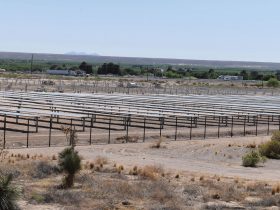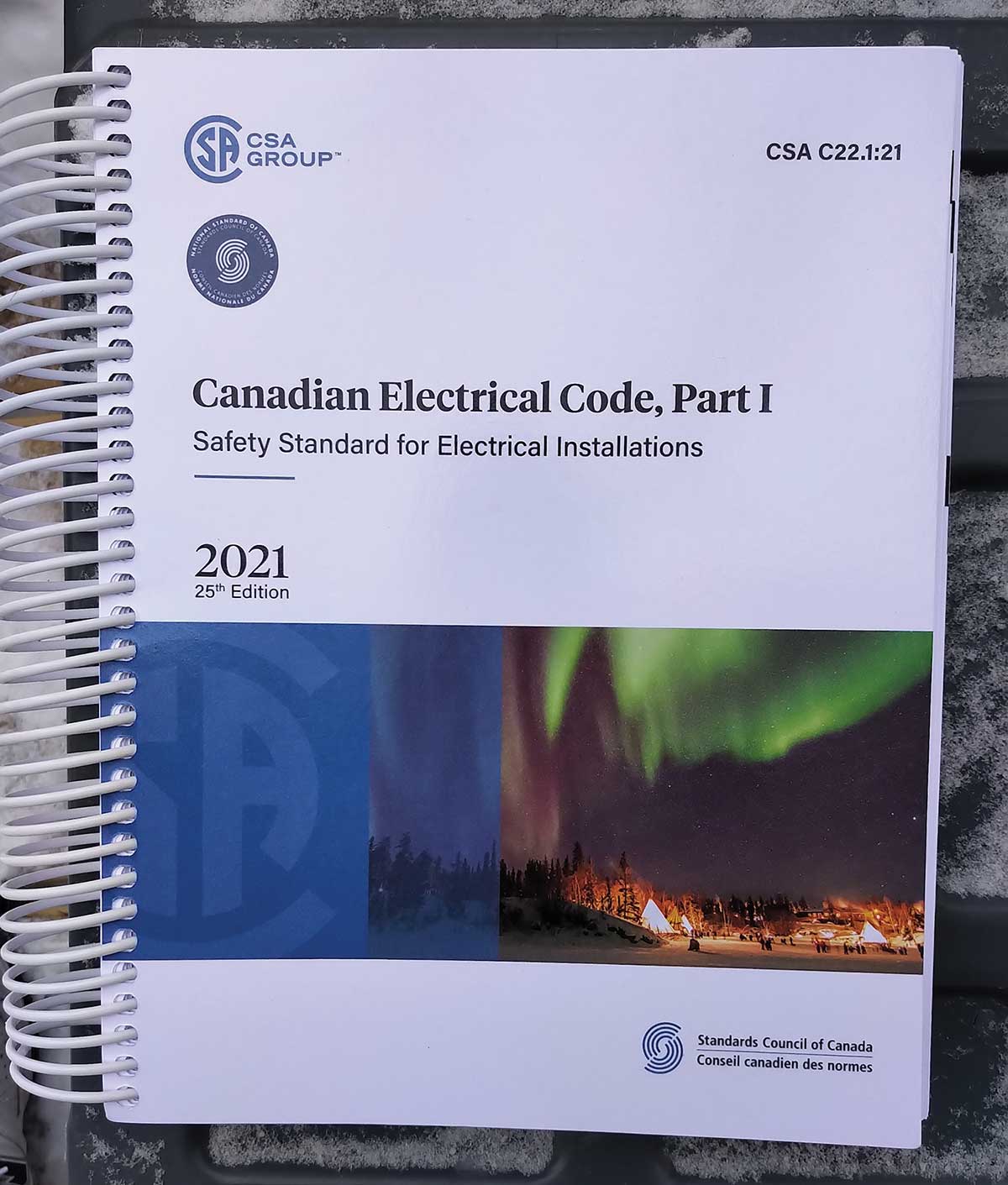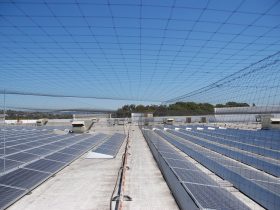Starting in this article, we’ll enter the forest and start looking at the individual trees (PV equipment and NEC requirements) in some detail.
The rise of Power Over Ethernet (PoE) technologies and ever-evolving power delivery capabilities have transformed the building environment inside and out over the last two decades.
This is the fifth and final of a series of articles detailing significant changes for the 2021 Canadian Electrical Code Part I (CE Code).
What is the status of UL 3741, and are there any Certified (Listed) PV hazard control systems?
As photovoltaic power (PV) systems become increasingly common due to an increasing awareness of climate change issues, including severe storms and very large forest fires, both new and seasoned code enforcement people sometimes get buried in a forest of trees dealing with code minutia and issues.
With the end of the year upon us, it’s a fitting time to reflect on the state of safety in our industry, to evaluate where we are today, and consider what more we need to do in the new year ahead.
Let’s first acknowledge that this new defined terminology and relaxations allowed by Section 8 of the Canadian Electrical Code, Part I (CE Code)
Today we are dependent upon technology in most aspects of our lives, and it is changing, and we must change with it.
With an invigorated national focus to upgrade, enhance, and construct broadband infrastructure to meet an insatiable consumer appetite, America’s telecommunication workers will play a vital, challenging, and inherently hazardous role.










